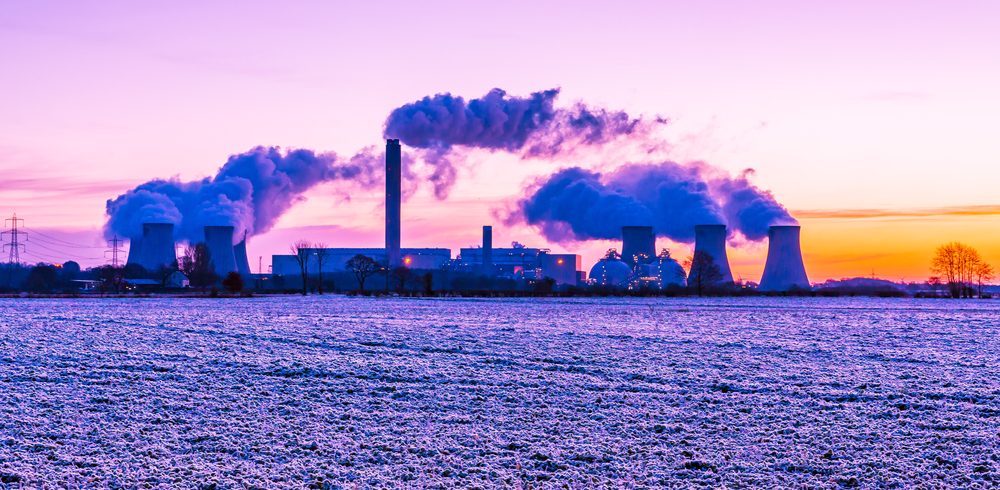The Promise of Carbon Capture
Climate change is one of the most pressing challenges facing our world today, and carbon capture has emerged as a powerful tool in our arsenal to combat it. This innovative technology holds the potential to mitigate the impacts of greenhouse gas emissions, offering a glimmer of hope for a more sustainable future.
Understanding Carbon Capture
Carbon capture is a set of technologies designed to capture carbon dioxide (CO2) emissions from various sources, such as industrial facilities and power plants, before they enter the atmosphere. The captured CO2 can then be stored underground or repurposed for various applications, preventing it from contributing to the greenhouse effect.
The Importance of Carbon Capture
- Climate Change Mitigation: One of the primary drivers of climate change is the excessive release of CO2 into the atmosphere. Carbon capture helps reduce these emissions, mitigating the effects of global warming and supporting efforts to meet emissions reduction targets outlined in international agreements like the Paris Agreement.
- Industrial and Energy Sectors: Many industries, including energy production, cement manufacturing, and chemical processing, are major sources of CO2 emissions. Carbon capture technology can be integrated into these processes to minimise their environmental impact.
- Resource Utilisation: Captured CO2 can be utilised in various ways, including enhanced oil recovery (EOR), where it is injected into oil reservoirs to increase oil production, or in the production of valuable chemicals and materials.
- Bridge to Renewable Energy: While the world transitions to renewable energy sources, carbon capture can serve as a bridge, helping to reduce emissions from existing fossil fuel-based power plants.
The Carbon Capture Process
- Capture: The first step involves capturing CO2 emissions, typically from industrial smokestacks or exhaust gases, using various capture technologies, such as absorption, adsorption, or membrane separation.
- Transport: Once captured, the CO2 is transported to a storage site, often through pipelines or in specialised containers.
- Storage: The stored CO2 is injected deep underground into geological formations like saline aquifers or depleted oil and gas reservoirs, where it is securely trapped, preventing its release into the atmosphere.
- Utilisation: Alternatively, the captured CO2 can be repurposed for applications like enhanced oil recovery, chemical production, or even as a raw material for synthetic fuels.
Challenges and Future Prospects
While carbon capture holds immense promise, challenges remain, such as the energy intensity of capture processes and the need for extensive infrastructure. However, ongoing research and innovation are addressing these issues, making carbon capture an increasingly viable and essential tool in the fight against climate change.
In conclusion, carbon capture technology offers a ray of hope in our battle to combat climate change. By capturing and re-purposing CO2 emissions, we have a chance to mitigate the environmental impact of industrial processes and energy production, paving the way toward a more sustainable and environmentally responsible future.
Manufacturing & Engineering Magazine | The Home of Manufacturing Industry News













